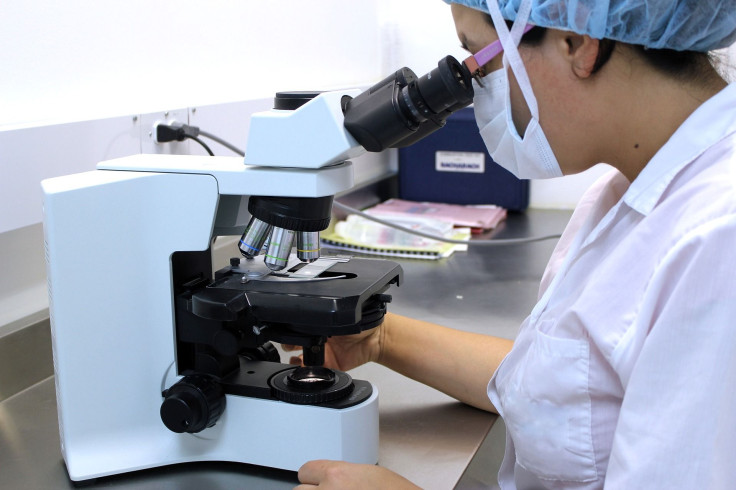Brain Cell Imbalance May Lead To Anxiety, OCD: Study

Researchers at the University of Utah determined that they have found a link between a brain cell imbalance and the levels of anxiety and Obsessive-Compulsive Disorders. The study revealed a new lineage of specialized brain cells called Hoxb8-lineage microglia.
The research concluded that imbalance or fluctuation in the levels of certain brain cells led to a change in the intensity of anxiety and OCD in mice. The female mice were found more reactive towards anxiety issues but the symptoms were also visible in male mice as well.
"It opens up a new avenue for thinking about anxiety," Dimitri Tränkner, lead author of the research and assistant professor of biology at Utah University, said. "Since we have this model, we have a way to test new drugs to help these mice and hopefully, at some point, this will help people."
The research suggested that the biological sex hormones (estrogen and progesterone) and genetics, the two major risk factors for anxiety-related disorders in humans, were interlinked. The Hoxb8-lineage microglia which was earlier known only for its crucial role in brain development in the womb was found to be the reason for anxiety in mice.
"We didn’t really know what to make of the fact that mice without Hoxb8 appear so normal, until we noticed that they groom significantly more and longer than that would be considered healthy," Mario Capecchi, a distinguished professor of human genetics and a Nobel Laureate, who was also involved in the research, said.
To test the feasibility of their claim, Tränkner, along with his co-workers, tested the mice at different levels of progesterone and estrogen. It was found that at male levels of hormones, the OCD and anxiety behavior in female mice resembled that of the male; whereas, at female levels, the OCD behaviors in male mice resembled that of the female.
"We have a good understanding of how anxiety is produced in people," Tränkner said. "Of all models, I have great faith that mice are one of the best models, as they are so similar to people."
Tränkner also said that the new findings put everyone a little closer to forming a new, effective drug for anxiety particularly. "Scientists want to help these people to get their lives back," he added.
© Copyright IBTimes 2024. All rights reserved.





















